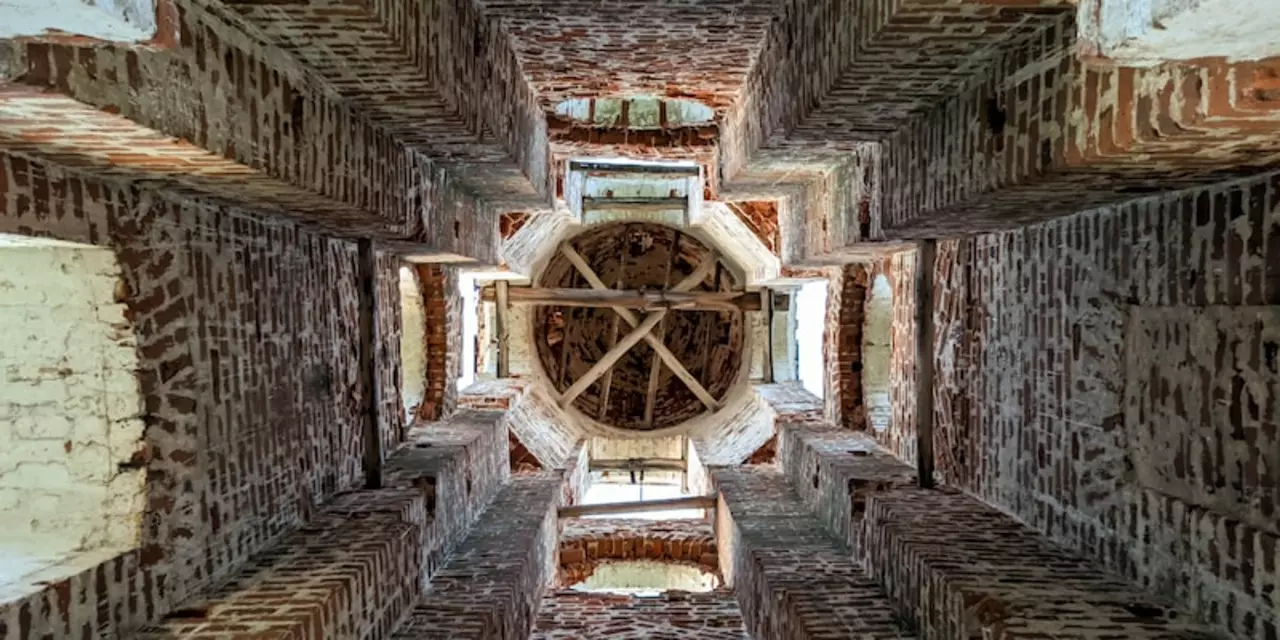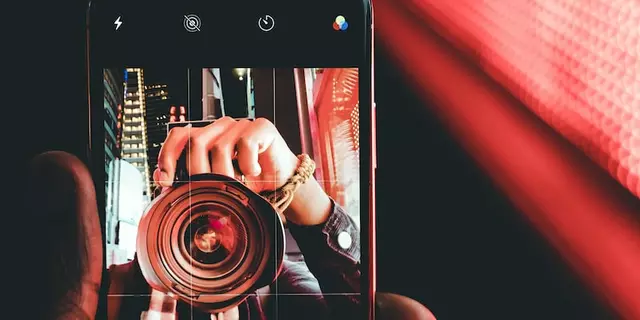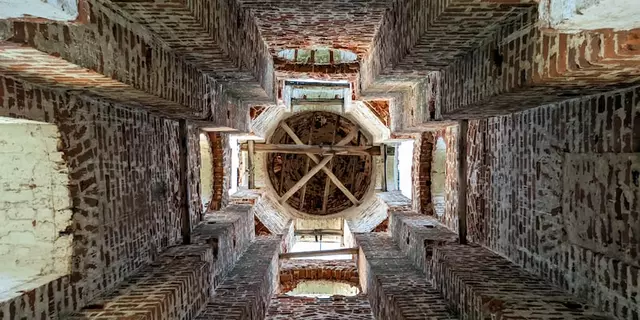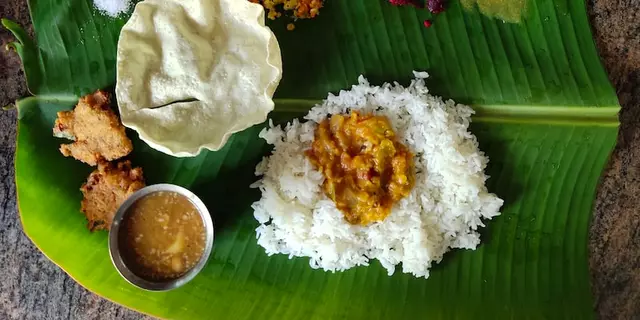8MP Explained: Why 8 Megapixels Still Matter for Your Photos
Ever see a camera listed as "8MP" and wonder if it’s good enough? You’re not alone. Many people think more pixels automatically mean better pictures, but the reality is a bit more subtle. Let’s break down what 8MP actually delivers and when it fits your needs.
What Does 8MP Mean?
8MP stands for eight megapixels – that’s eight million individual dots that capture light. In simple terms, a higher number gives you larger images that can be printed bigger without getting fuzzy. An 8MP sensor creates photos roughly 3264 × 2448 pixels. That size works well for everyday sharing on social media, screens, and even standard‑size prints.
When Is 8MP Good Enough?
If you mainly post to Instagram, Facebook, or WhatsApp, 8MP is more than sufficient. Those platforms compress images anyway, so you won’t notice any loss. For family photos, school projects, or small‑to‑medium prints (up to 8×10 inches), an 8MP shot looks sharp and clear. Even casual video‑calling cameras often sit around this range and still deliver decent video.
But if you love cropping heavily, printing large posters, or doing professional‑level work, you might need more pixels. A 12MP or 16MP sensor gives extra room for those demands. Still, remember that megapixels aren’t the only factor – lens quality, sensor size, and lighting play huge roles.
Speaking of sensor size, many budget smartphones and entry‑level cameras use smaller sensors. A small sensor with 8MP can produce more noise in low light than a larger sensor with the same pixel count. So, when you compare devices, look at both the MP number and the sensor size.
Another practical tip: if you shoot RAW files, you can get more flexibility in post‑processing, even with 8MP. RAW retains more detail and color information, letting you fine‑tune exposure and white balance without degrading the image.
For everyday users, the sweet spot often lies around 8–12MP. You get clear pictures, decent low‑light performance, and manageable file sizes. Larger files take up more storage and can slow down your phone, which is something many of us don’t want.
In short, 8MP isn’t obsolete. It’s a solid choice for most casual photographers who share online, print modestly sized photos, or need a reliable camera for travel. Just pair it with good lighting and a decent lens, and you’ll be happy with the results.
So next time you see an 8MP camera, remember it can still deliver great shots. Focus on how you’ll use the photos, not just the pixel count, and you’ll make the right choice for your needs.
Arvind Chatterjee, Jan, 31 2023
How is Xiaomi Redmi Note 8 smartphone?
Xiaomi Redmi Note 8 is a budget-friendly smartphone with a sleek design and powerful performance. It features a 6.3” IPS LCD display with a resolution of 1080 x 2340 pixels, an octa-core Qualcomm Snapdragon 665 processor, 4GB RAM, 64GB internal storage, and a 4000mAh battery. The device is equipped with a 48MP + 8MP + 2MP + 2MP quad-camera setup and a 13MP selfie camera. Additionally, it runs on Android 9.0 Pie and is powered by MIUI 10. Xiaomi Redmi Note 8 is an excellent choice for those who are looking for an affordable, good-looking and powerful phone.
View More



